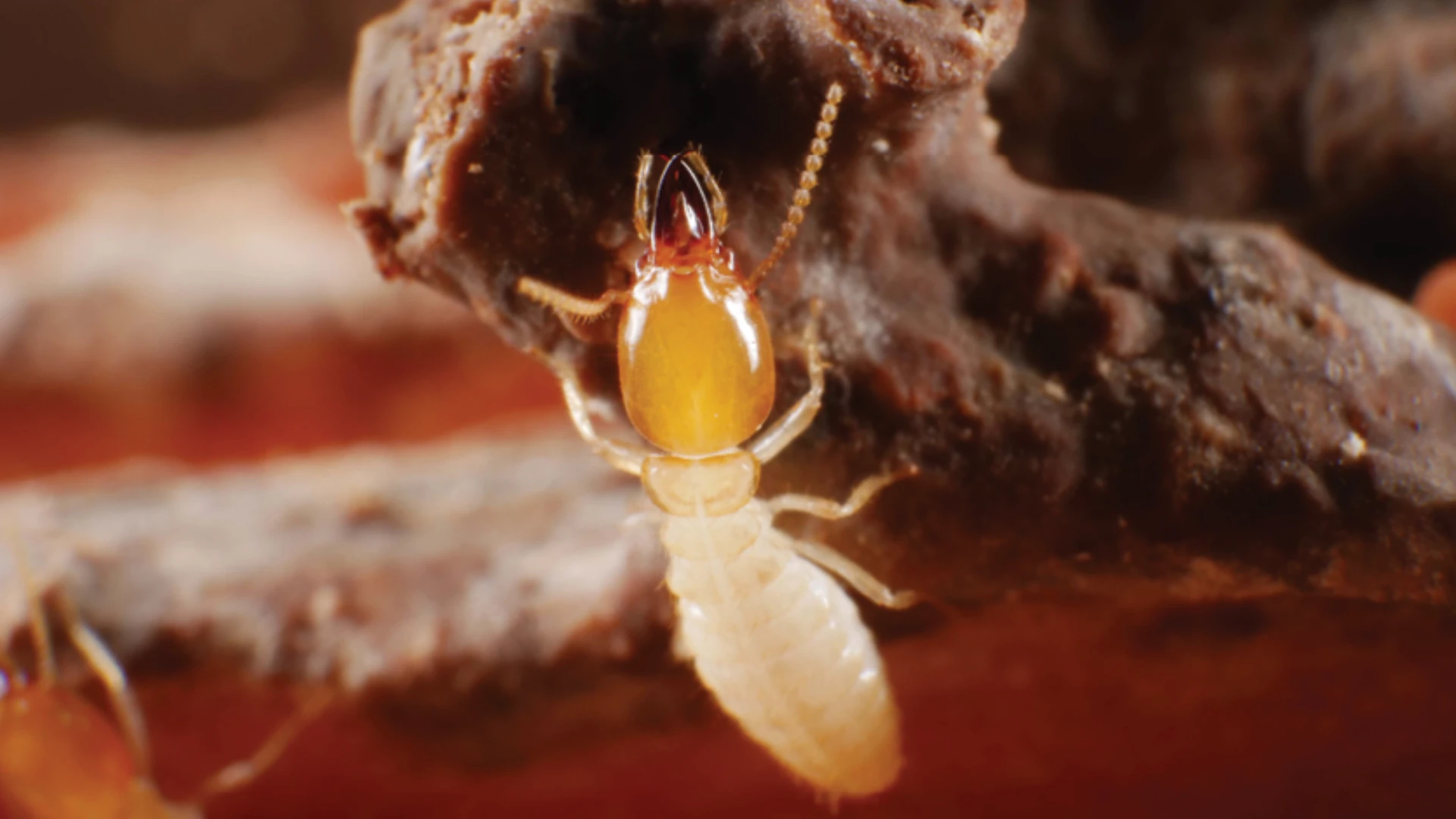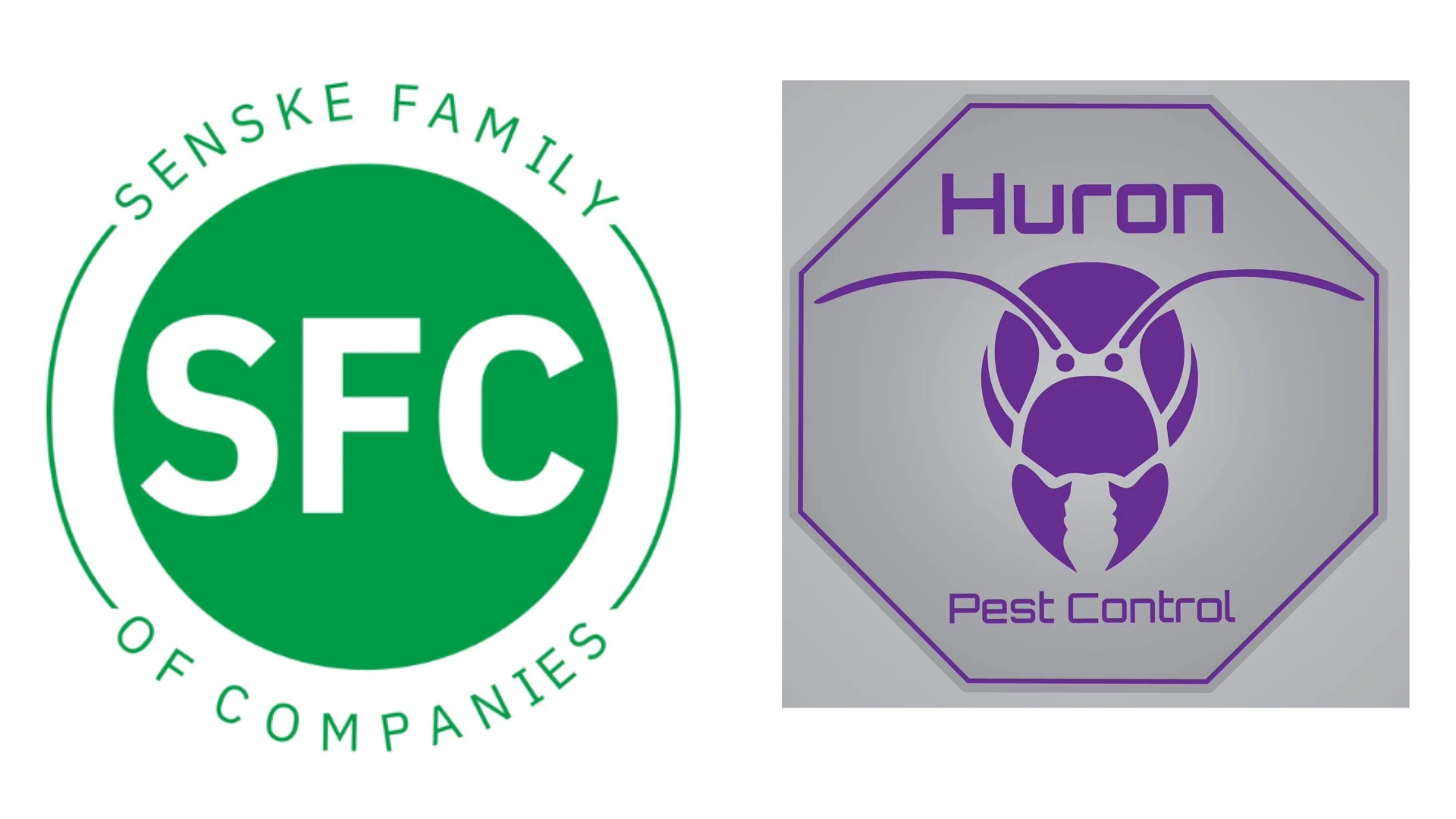After a few years of relative quiet, honey bees have become one of the hottest emerging pests in Texas. Several years ago, cold winters, drought and parasitic mites dramatically reduced bee populations around the state. But judging by the numbers of calls Texas A&M Cooperative Extension offices received the last few springs, bees are back in the Lone Star state.
As an urban entomologist for Texas Cooperative Extension, I receive many of the calls on honey bees and yellowjacket wasps each year. A common theme of many of our callers is frustration about the difficulty in finding a pest management professional who would handle stinging insects. After questioning local PCOs, I learned that despite an interest in bee and wasp control, many of our local pest management professionals are reluctant to take on such jobs. Most cite their lack of experience with bee and wasp control, and concerns about employee safety.
FILLING A VOID. To address these issues, two springs ago we organized a bee and wasp control workshop for pest management professionals in the Dallas/Fort Worth area. Our goal for the class was to help pest control companies learn how to safely and effectively handle a bee call by watching an experienced professional kill and remove an actual hive in a structure. The result was one of the most satisfying workshops I’ve conducted.
Mike Swan, a board certified entomologist for Carter & Company Pest Control of Dallas, agreed to conduct the pest control portion of the training. Dr. John Thomas, a retired extension entomologist from Texas A&M University and bee expert, would train attendees on bee biology and legal aspects of bee control. John Talbert, a local beekeeper and representative of the Texas Beekeepers’ Association, agreed to bring an observation hive and talk about beekeeping and how to work with and around bees. My job was to sponsor the meeting and find some bees.
It took a step of faith to plan a hands-on bee control workshop without knowing whether we would have a bee colony to control. We needed a site where the bees would be accessible enough for a class to safely observe the removal process. We also needed a homeowner or business owner willing to let a large group of pest management professionals gather to watch.
Unfortunately, despite asking several pest control companies to refer bee calls the week before, no bee colony had materialized by the day before the workshop. My only site was an office building, where bee activity had dwindled after workers had sprayed some over-the-counter spray into the nest entrance. A last-minute phone call saved the day.
A HANDS-ON EXPERIENCE. Gail Wilson of Richardson, Texas, called our Extension office several times that day before I got the message. After listening to her description, I scheduled a quick visit to her home and felt she had the site we needed. We secured permission to bring our class of pest control professionals there the next morning, a Saturday.
Sixteen participants showed up for the training and listened throughout the morning class sessions. Topics covered included bee and wasp identification, biology and behavior; legal issues surrounding bee removal and a review of the pest potential for Africanized honey bees — an occasional visitor to our community. The fun part of the program, however, began when we traveled to Wilson’s yard to inspect the bees.
Bees had discovered a gap under the house siding and made a nest between the first and second floors. After considering applying an insecticide from the outside and returning later to locate and remove the comb, Mike Swan opted for simultaneous extermination and removal, giving participants a chance to watch the entire procedure.
"The removal was just tricky enough to be interesting, but simple enough to make a good demonstration," Swan said of the job.
With the class looking over his shoulder in the upstairs bedroom of Wilson’s home, Swan used a saw to open the floor, inject a non-residual, pyrethrum spray, and remove the approximately half dozen, newly formed combs.
NEW TECHNOLOGY. Another unique opportunity for workshop participants was the chance to observe use of a detection tool called the Termatrac. The Termatrac insect detector, manufactured by JI Peston Pty Ltd., in Brisbane, Australia, and distributed in the U.S. by Protec USA of Coral Gables, Fla., is normally used for locating foraging termites in the walls of homes. But, as participants in this workshop learned, it’s also a great tool for locating bee nests.
"One of the trickiest parts of bee control is locating and removing the nest," said Swan. "The actual hive can sometimes be as far away as 20 feet from the point of entry into a building. Miscalculating where to open a wall or ceiling can result in unnecessary damage and expensive home repairs later.
"Our company normally gives the customer an option of allowing us to remove the nest or doing it themselves; but you have to educate the customer on the importance of nest removal."
The nest Swan removed was relatively small, maybe 7 to 9 pounds total. But according to beekeepers Thomas and Talbert, even a relatively small colony left alone can eventually produce as much as 50 pounds of honey in a season. Leaving 50 pounds of honey together with melted wax and pounds of dead insects can lead to intolerable odor and additional insect problems down the line. And, according to Swan, leaving that kind of mess for a customer isn’t going to result in a good relationship.
Swan has used Termatrac for a number of bee removal jobs this year. According to Protec company literature, Termatrac locates insects as small as termites by measuring changes in the reflection of microwaves sent out by the unit. A microwave-emitting "horn" can be positioned to point in any desired direction to search for motion. Detecting bees is comparatively simple for the device.
The Termatrac unit indicated that the nest was between floors just a short distance from the wall. Knowing the nest location allowed Swan to make a precise cut and cause minimal damage to the flooring to remove the nest.
Honeybee workshop participants provided favorable feedback about the event. "It was one of the most entertaining and informative trainings I’ve been to for a long time," said Larry Novy, manager of Sterling Pest Management of Dallas, Texas. "I especially appreciated the opportunity to learn bee-handling techniques from an experienced beekeeper, and hearing from experts with first-hand knowledge of bees and bee control."
"After seeing the demonstration I thought, ‘Hey, I can do this!’" said Jeff Newsome of Crown Pest Control in Fort Worth. "The very next Saturday I got a bee call on a two-story house and was able to use the techniques that Mike used to make money for myself."
The small class size worked well for this type of workshop. Based on positive comments from participants, we’ll try this type of advanced, topic-centered workshop again. Next time maybe we’ll tackle a yellowjacket nest extermination. If so, I plan to bring binoculars and watch from a safe distance.
The author is an urban entomologist with the Texas Cooperative Extension. He can be reached at mmerchant@giemedia.com. All photos are courtesy of the author.

Explore the August 2004 Issue
Check out more from this issue and find your next story to read.
Latest from Pest Control Technology
- How Did This Pest Get Its Name?
- Rose Pest Solutions Honors Top Performers with Annual Chief’s Club Awards
- Doug Foster on Termite Control Equipment, Resources
- Pest Control Consultants Acquires EcoGuard Pest Control
- Pest Index Increased 9 Percent YOY in February
- PPMA Releases 2024 Annual Report Themed 'Leveling Up Awareness, Growth and Impact'
- Good News Pest Control Acquires Walsh Pest Control
- Aruza Pest Control Appoints Justin Bellet as Chief Operating Officer





